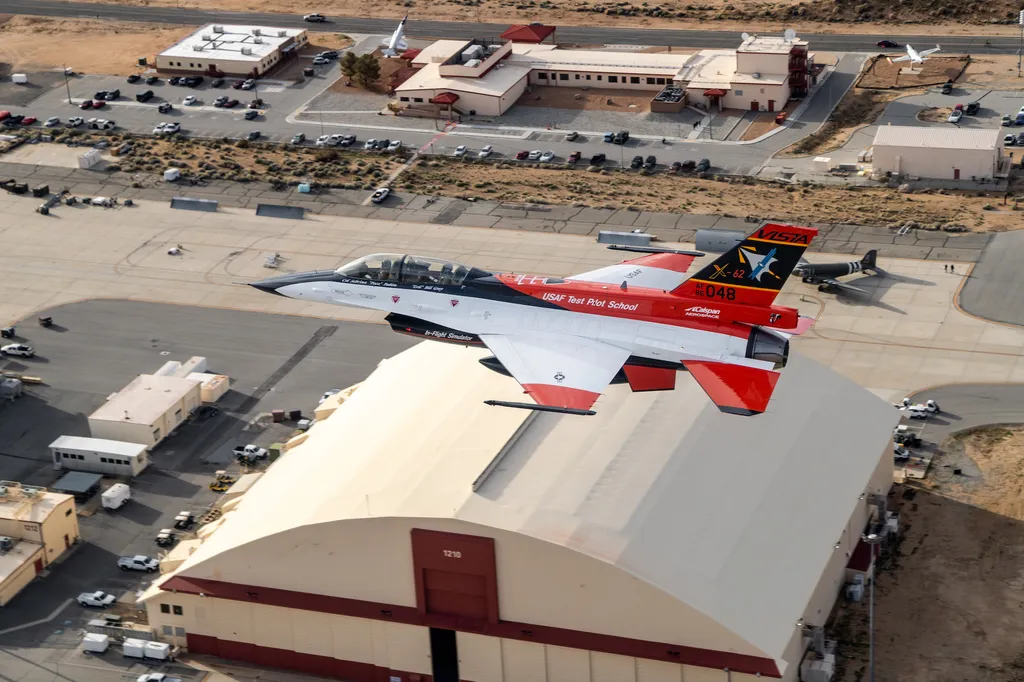Researchers Patrick Ribu Gorton, Andreas Strand, and Karsten Brathen from the Norwegian Defence Research Establishment have delved into the burgeoning field of machine learning for air combat behavior modeling, a domain that promises to revolutionize pilot training and simulation technologies. Their comprehensive survey, published in the Journal of Defense Modeling and Simulation, explores the application of machine learning techniques to create more realistic and adaptive agents in simulated air combat environments.
The motivation behind this research stems from the limitations of current simulation-based training tools. Traditional methods of behavior modeling are labor-intensive and often result in the loss of critical domain knowledge during development. Moreover, the simulated entities in these systems often lack the nuanced, realistic behavior that would provide pilots with an authentic training experience. The advent of reinforcement learning and imitation learning algorithms presents a promising solution to these challenges, as these techniques enable agents to learn complex behaviors directly from data, potentially offering a faster and more scalable approach than manual methods.
However, the path to creating adaptive agents capable of performing tactical maneuvers and operating weapons and sensors is fraught with challenges. The survey conducted by Gorton, Strand, and Brathen examines various applications, behavior model types, and prevalent machine learning methods, highlighting the technical and human hurdles that must be overcome. One significant challenge is the transfer of these agents from learning environments to military simulation systems, which necessitates a degree of standardization to ensure seamless integration and effective training outcomes.
The researchers present four primary recommendations to address the current issues and guide future development in this field. They advocate for increased emphasis on beyond-visual-range scenarios, which are critical for modern air combat training. Additionally, they highlight the importance of multi-agent machine learning and cooperation, as these elements are essential for simulating realistic combat situations involving multiple entities. The utilization of hierarchical behavior models is another key recommendation, as these models can provide a more structured and adaptable framework for agent behavior.
Finally, the researchers call for initiatives aimed at standardization and research collaboration. They argue that a standardized approach to agent development and integration will facilitate the widespread adoption of these technologies within the defense and security sector. Furthermore, fostering collaboration among researchers, military personnel, and industry experts will ensure that the latest advancements in machine learning are effectively translated into practical applications for air combat training and simulation.
The practical implications of this research are vast, particularly for the defense and security sector. By enhancing the realism and adaptability of simulated air combat environments, these technologies can significantly improve pilot training, ultimately leading to better prepared and more effective aircrews. Moreover, the insights gained from this survey can inform the development of advanced simulation tools that support a wide range of military applications, from tactical training to mission planning and beyond. As machine learning continues to evolve, the potential for these technologies to transform air combat training and simulation is immense, offering a glimpse into the future of military preparedness and operational readiness.
This article is based on research available at arXiv.

